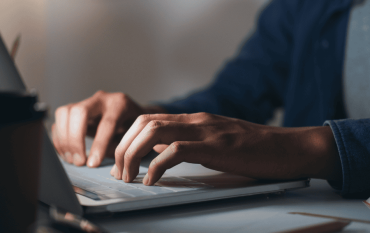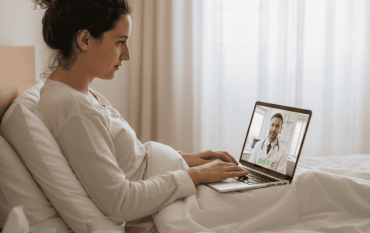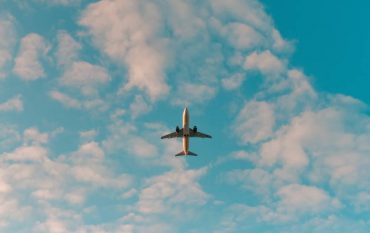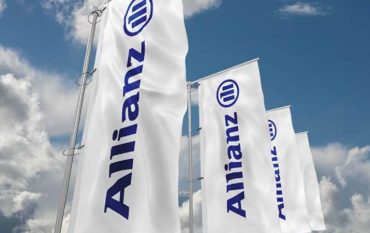
15 Probiotic Foods You Should Be Eating (Especially No.4)
At Air Doctor, we care about the health of your gut, and you should too. Here are some of the best probiotic foods to add to your diet.
- Lauren Stuttaford


















Jenny is the CEO and one of the Co-Founders at Air Doctor. She spent more than 20 years at Intel, most recently as general manager of its manufacturing facility in Israel and before that in various engineering and manufacturing roles in Silicon Valley. Air Doctor is her second startup having previously founded electric vehicle company ElectRoad.

BENTENG786 toto https://internship.infoskaters.com/ slot toto toto toto slot gacor situs toto toto slot gacor hari ini slot online toto toto slot toto dultogel Togelin apk slot situs toto situs 888 Streameast situs slot gacor slot maxwin slot gacor situs toto situs toto https://bto-ao.co.jp/scaleremover/ situs toto situs toto situs toto DEPOBOS wdbos situs toto http://cppg.fccollege.edu.pk/ toto toto slot gacor bwo99 situs toto